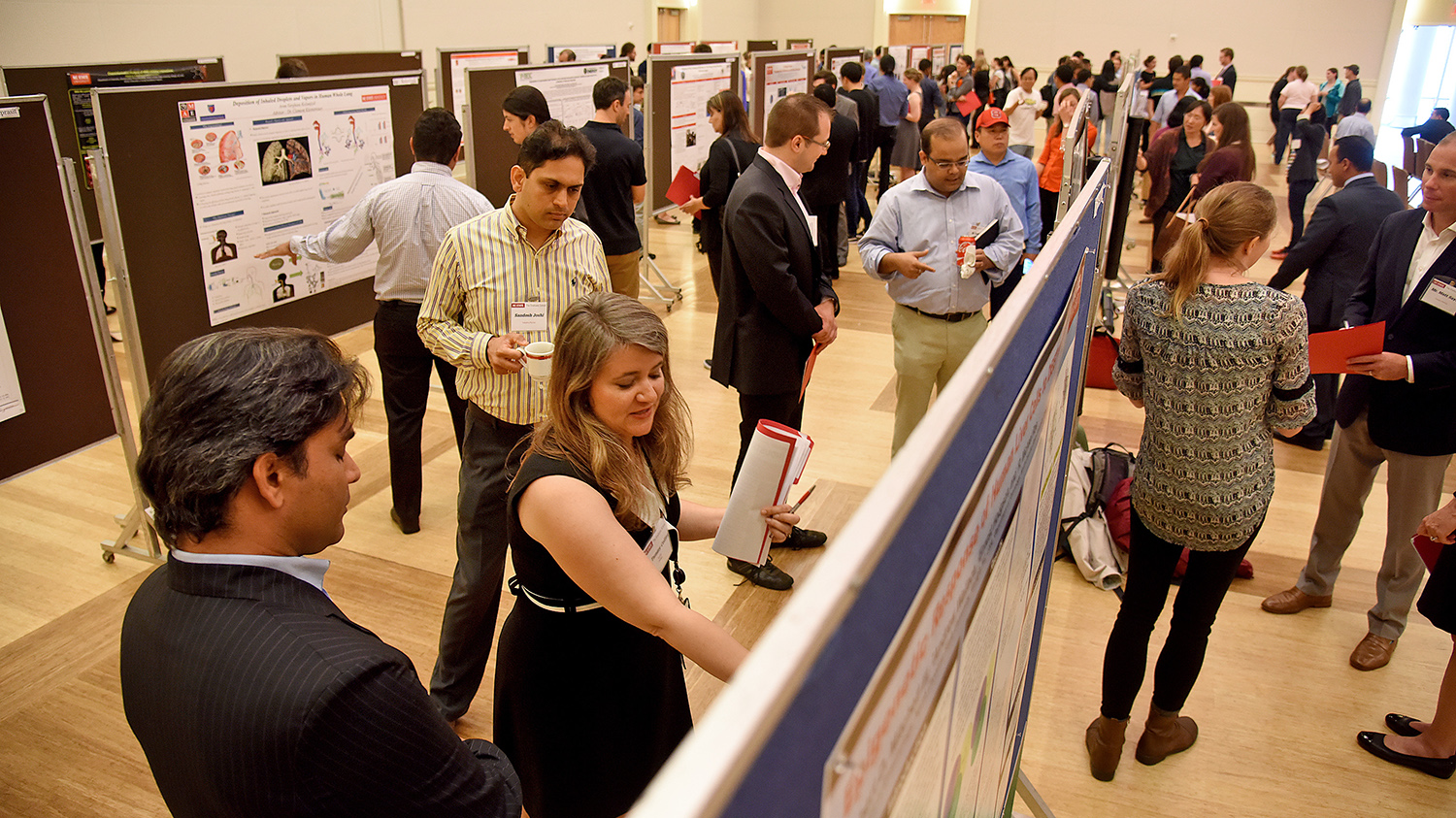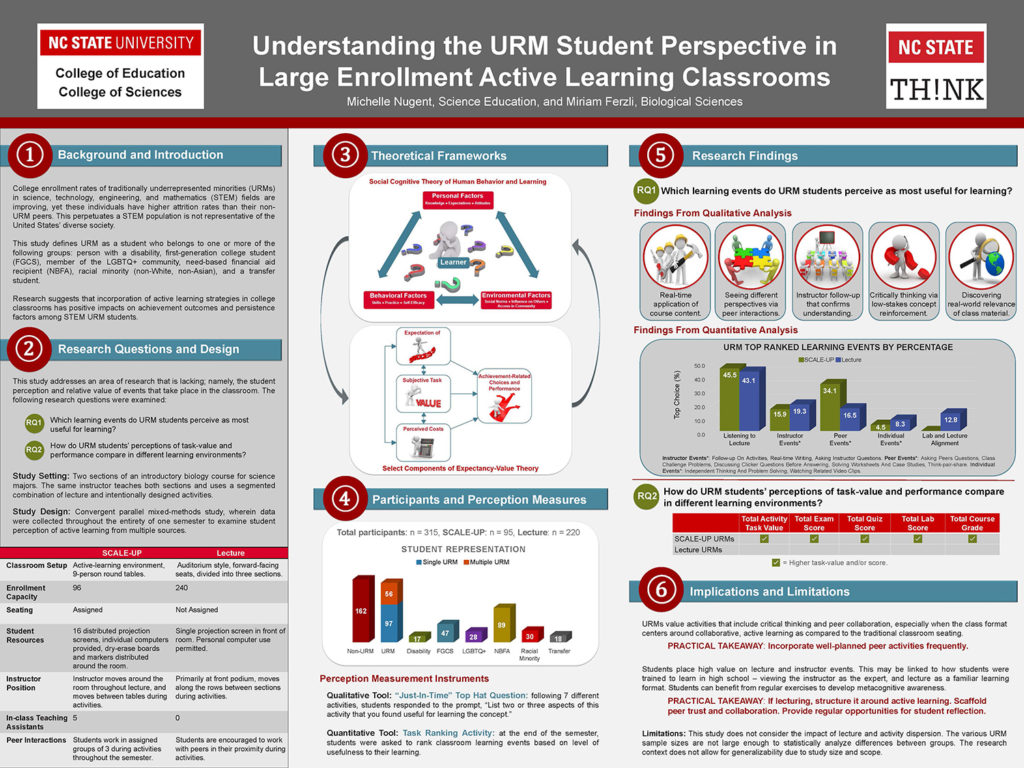Setting the Stage for Creativity in Education

NC State sets a strong example of how the convergence of faculty, staff and student knowledge leads to educational excellence. These kinds of collaborations were on full display at the 2019 Teaching and Learning Symposium, sponsored by the Office of Faculty Development. The symposium gave attendees the opportunity to participate in faculty-led interactive sessions, attend a keynote speech, and engage with their NC State peers.
“Educational innovation takes place in and through settings that foster research collaboration and creative thinking,” said Diane Chapman, director of the Office of Faculty Development. “The Teaching and Learning Symposium provides an avenue where faculty, staff and students can learn from the ideas of others, and form partnerships that will lead to new knowledge and ways of Thinking and Doing.”
Keith Sawyer, Morgan Distinguished Professor in Educational Innovations at the University of North Carolina in Chapel Hill, gave the keynote TH!NK Lecture, “Educating for Innovation.” Sawyer, a nationally-recognized scientific expert on creativity, gave insight on integrating creativity into pedagogy to maximize the student experience and promote classroom success.
Nearly 30 teams of faculty, staff and students presented their research at the symposium’s poster session. Topics covered ranged from inclusive learning design and online instructor best practices to service learning, graduate assistant training and more.
The Outstanding Poster Award was given to Miriam Ferzli, teaching associate professor of biological sciences; and Michelle Nugent, a doctoral candidate in science education. The pair’s poster was Understanding the URM Student Perspective in Large Enrollment Active Learning Classrooms.
 Their poster outlined research that addressed two questions: which learning events do underrepresented minority students perceive as most useful for learning?; and how do underrepresented minority students’ perceptions of task-value and performance compare in different learning environments?
Their poster outlined research that addressed two questions: which learning events do underrepresented minority students perceive as most useful for learning?; and how do underrepresented minority students’ perceptions of task-value and performance compare in different learning environments?
“Researchers have shown for many years that active learning leads to improved course performance, specifically in terms of test/exam scores,” said Nugent. “However, there is a scarcity of research examining which aspects of active learning pedagogies are valued by students and perceived as beneficial — particularly the students who have been traditionally underrepresented in science, technology, engineering, and mathematics fields. If we are able to determine which aspects of active learning are most beneficial from the student perspective, we can design and integrate learning activities that are more effective and beneficial.”
Attendees could also choose from the following breakout sessions: Teaching Social Justice: A Toolkit for Change; Engaging Students in the Land-Grant Mission: The Untapped Potential of Service-Learning; Using Virtual-Reality Simulation for Connecting Teaching and Learning of Social and Emotional Skills in Post-Secondary Settings; and Community Collaboration and Cross-disciplinary Perspectives: Lessons Learned from Engaging with Fathers in Recovery.
Each component of the symposium was designed to encourage participants to find new ways to enhance learning — from the classroom to the community.
“The work of NC State faculty and staff presents an example for others to follow when it comes to new ways to advance experiential education and research,” said Chapman. “We want people to take what they have learned from the symposium and integrate it into their everyday teaching, research, learning and service.”


